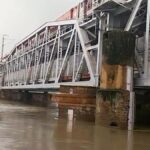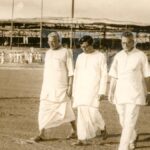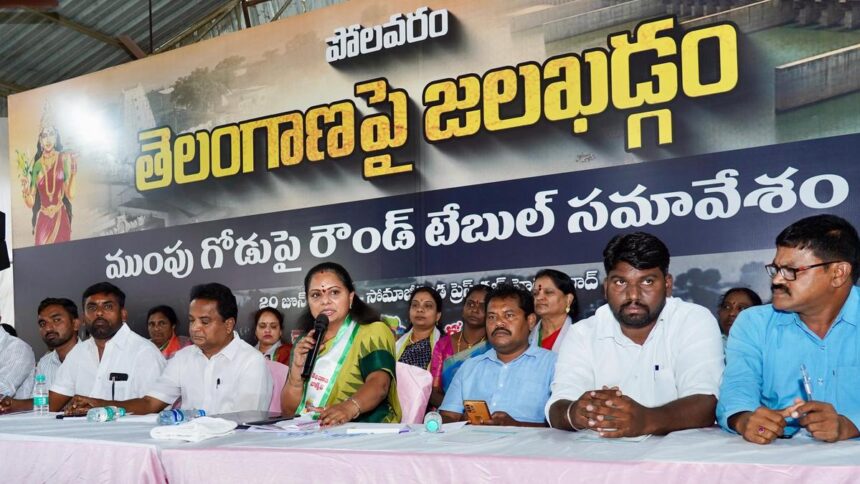Justice Sir Achhru Ram Sehgal of the Lahore High Court was no stranger to legal principle. But nothing in his long career had prepared him for this moment; he would have to choose between the judge’s robe and the role of a father. His son, Captain Prem Sehgal, formerly of the Indian Army, now stood accused of treason for his role in joining and fighting for the Indian National Army (INA).
In order to help coordinate a legal defence for his son, Sir Achhru Ram went to submit his resignation to the Chief Justice of Lahore, Sir Arthur Trevor Harries. But Harries, a man steeped in the British judicial tradition of fair play, simply looked at his colleague and said, “Why don’t you take leave instead?” With that gesture, Harries allowed the legal system to remain intact while showing rare human sympathy. That moment, brief and undocumented in legal texts, carried the moral clarity that often evades entire regimes. We in today’s India, can only speculate at what an Indian Chief justice would do, if a brother judge offered his resignation to defend a child charged under the UAPA or other draconian legislation.
Defence of national unity
A defence committee had been formed by the Congress. It included many legends: Tej Bahadur Sapru, Asaf Ali, K.N. Katju, and a younger Nehruvian generation eager to lend voice to freedom. All appeared pro bono. But they still needed a place to work.
It was Sir Achhru Ram who arranged for a bungalow in West Delhi — a legal war room where briefs were prepared, arguments debated, and strategy planned. The bungalow became a crucible of national lawyering, where personal egos gave way to the national cause.
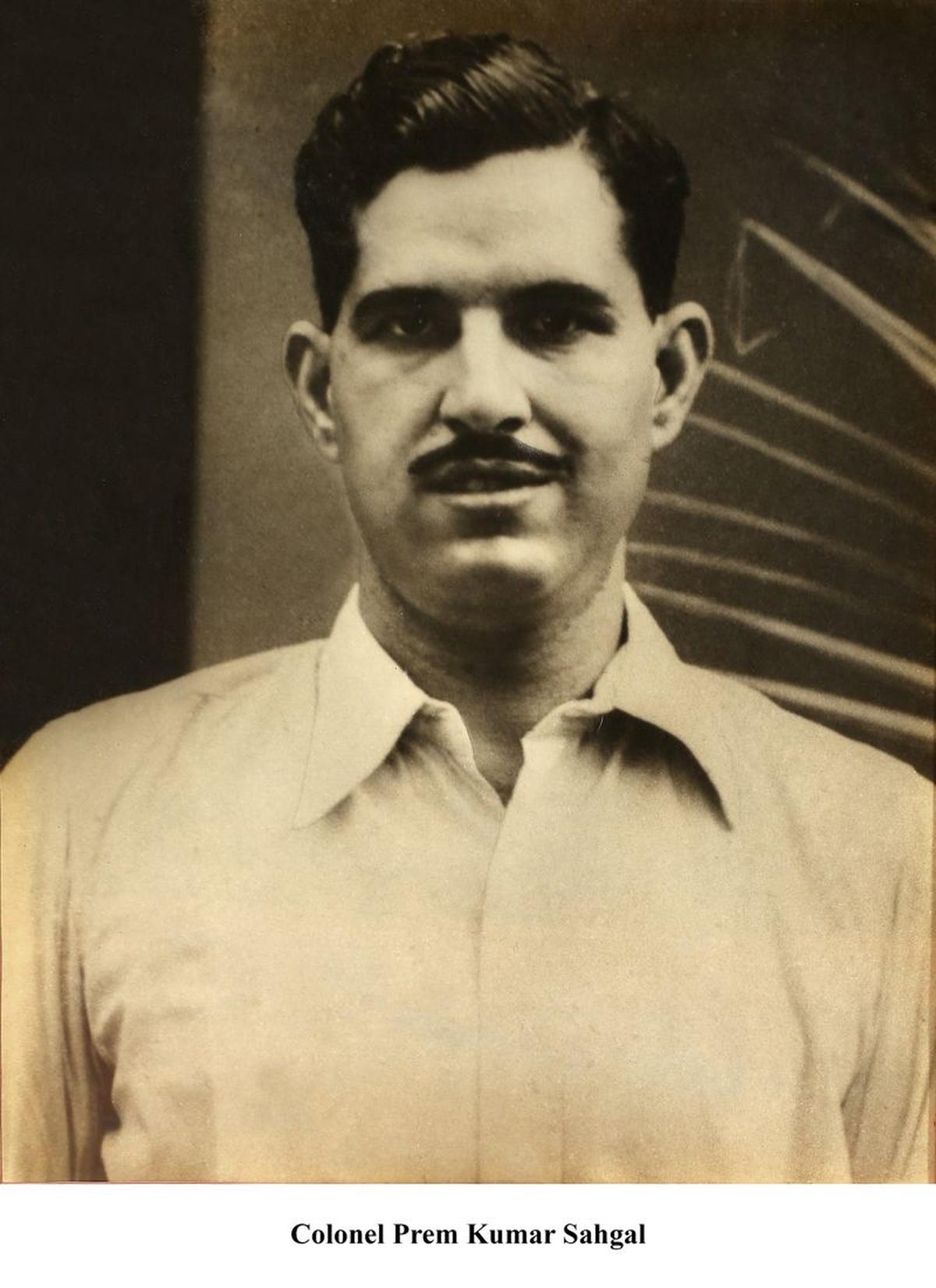
Prem Kumar Sahgal
The INA Defence Committee knew there was only one man who could carry the moral and legal weight of the case: Bhulabhai Desai of Bombay. But Desai, gravely ill and advised complete rest, initially declined. That changed when Captain Lakshmi Sahgal, from a prison cell in Kohima, sent word: “Only Bhulabhai must speak for us.”
Even then, Desai hesitated. But when Sir Achhru Ram quietly told him that Prem Sehgal was his son, Desai accepted. In court, he stood for hours without notes, without rest, making the case that shook the Empire. His feet were swollen, his eyes puffy, there were days that he had to be carried to the courtroom on a chair.. His doctors despaired of his health, but Bhulabhai soldiered on. At one stage, he even told his team, “If death comes to me, let it come; but I cannot allow the jeopardising of the lives of our precious patriots.”
Desai’s principal argument was audacious: the INA was not a rebel outfit but the legitimate Army of a Provisional Government of Free India. The provisional government had de facto control over territory in Northeast India and the Andamans. It had recognition from nine sovereign states. Its soldiers, therefore, were prisoners of war, not traitors. Desai invoked international law, the Atlantic Charter, and common sense. M.C. Setalvad, in his biography of Desai, records, “His fundamental thesis was ‘that a nation or part of a nation does reach a stage where it is entitled to wage war for its liberation’; that was well-accepted International Law. If he was right, acts done by persons acting as a part of the nation which was fighting for its liberation would be immune, by reason of International Law, from being offences under the municipal law of the country. He urged that the evidence led by the prosecution itself showed that, in the case before the Court, there was really a Provisional Government of Free India — a separate new Indian State which was fighting for the liberation of hundreds of thousands of Indian nationals.”
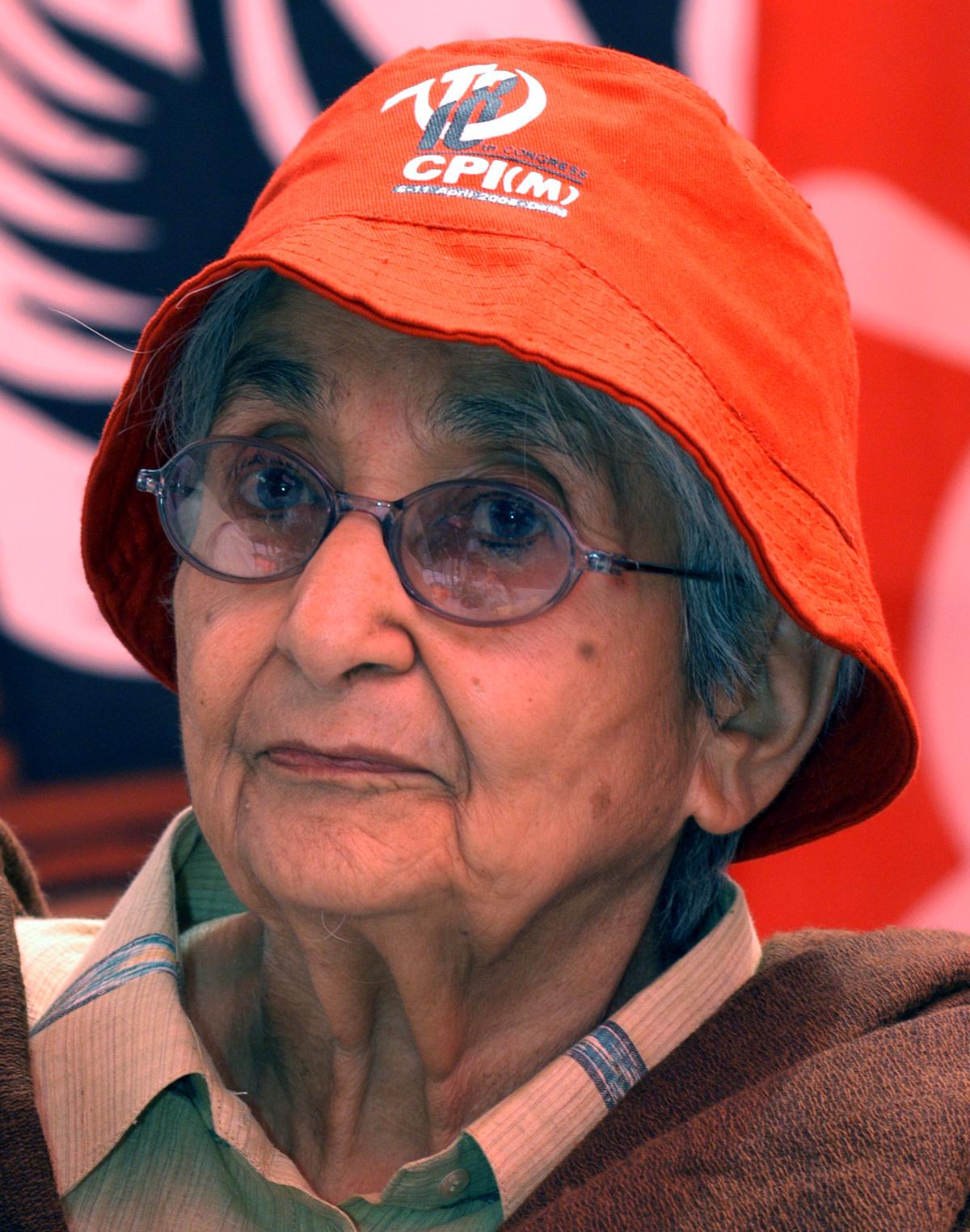
Capt. Lakshmi Sahgal
| Photo Credit:
The Hindu
Outside the Red Fort, slogans rang through the air: “Lal Qile se uthi aawaz: Sehgal, Dhillon, Shahnawaz!”
The names became household symbols of courage and “a dramatic symbol of national unity”. Not only did the Congress express sympathy with them and organise their defence, the Muslim League also took the same attitude. A great wave of patriotic feeling and sympathy swept the whole country. Jawaharlal Nehru best described the national mood, later in a letter dated May 4, 1946 to the British Commander-in-Chief, Field Marshal Auchinleck: “Within a few weeks the story of the I.N.A. had percolated to the remotest villages in India and everywhere there was admiration for them and apprehension as to their possible fate. No political organization, however strong and efficient, could have produced this enormous reaction in India. It was one of those rare things which just fit into the mood of the people, reflect as it were, and provide an opportunity for the public to give expression to that mood. The reason for this was obvious. Individuals were not known nor were many facts known to the pubic. The story as it developed seemed to the people just another aspect of India’s struggle for independence and the individuals concerned became symbols in the public mind.”
Then Jawaharlal Nehru donned his lawyer’s robes again after 30 years and stood as one of the 17 lawyers for the defence. The people of Delhi and its surrounding areas, simply came and stood outside the Red Fort to express solidarity with those on trial. Many years later, Ch Bansilal a fellow MP, told Subhashini Ali, the daughter of Prem and Lakshmi Sehgal, how he, as a young lad, would take a few rotis packed by his mother, catch a bus from distant Bhiwani and come to Delhi to stand in solidarity. He was not the only one. At Sharif Manzil in Ballimaran, crowds would gather on its roof to look towards the Red Fort. Tea would be supplied by the household of the Hakim family which owned the building. Hakim Sahab had to send word one day that the people were welcome, but not in such a number as to cause the roof to fall down. This unity of Hindus, Muslims, Sikhs, and women under the INA banner posed an existential threat to colonial rule. For a brief moment, a still undivided India saw what unity in diversity could look like.
The judges still ruled guilty and sentenced Sehgal, Dhillon and Shahnawaz to transportation for life, but the verdict was political suicide for the Raj. Auchinleck wrote to the British government, “while nothing that we do now will gain us positive goodwill, we can substantially reduce the present bitterness by calling off these trials and announcing a general amnesty… If it should be felt advisable in the light of the general political background to adopt the solution, which appears to be recommended practically unanimously by Indian opinion, of dropping the remaining trials, the only possible way to proceed would, in my opinion, be for His Majesty’s Government, possibly in the name of the King himself, to state that, while they think the line taken in India by the Government is both logical and in accordance with humanity, they feel that they must recognise the wave of sentiment of this subject which has swept over India, and in view of the coming political talks, they have therefore decided on a general amnesty.” The advice given by Auchinleck was accepted. The sentences of transportation were remitted and never carried out.
Desai retuned to Bombay in January 1946, but collapsed soon after and died in May 1946. His courtroom performance at the Red Fort remains one of the most heroic episodes in Indian legal history.
A final flicker
The INA trials were India’s last great moment of national unity before the darkness of Direct Action Day and Partition descended.
Within months, the harmony of Sehgal, Dhillon, and Shahnawaz gave way to communal carnage and conflagration that shattered India.
But the trials remind us that the idea of India — inclusive, just, and fair — was not born out of compromise, but of courage. The judiciary, the Bar, and the people showed what it meant to rise above circumstance. It is that India we must remember every August 15.
The Red Fort once hosted courtrooms. It now hosts the Prime Minister’s speech. Perhaps this Independence Day, someone will remember that it once echoed not with just oratory, but with the cry: “Lal Qile se uthi aawaz: Sehgal, Dhillon, Shahnawaz!”
And maybe, just maybe, we’ll listen.
After freedom
Justice Achhru Ram returned to the Bench and later confirmed the death sentences of Gandhiji’s assassins. Post-retirement, he became India’s first Custodian-General of Evacuee Property and later enjoyed a distinguished career as a senior advocate in the Supreme Court.
Captain Prem Sehgal and Captain Lakshmi Sahgal married and settled in Kanpur. Lakshmi resumed her career as a gynaecologist and later joined the Communist Party. She ran for President of India as the Opposition’s candidate. Their daughter, Subhashini Ali, followed her into public life and activism.
Arthur Trevor Harries, ever the fair-minded judge, sought to become Chief Justice in the new dominion of Pakistan. But Jinnah did not approve of him. Harries quietly continued as Chief Justice of Calcutta and retired in 1952 and returned to England.
General Shahnawaz Khan, though his family belonged to the area which became Pakistan, chose to stay on in India. He even served as a Minister in several Union Cabinets. He semi-adopted a girl from Hyderabad, Lateef Fatima, who married one of his aides from Peshawar Meer Taj Mohammed Khan. The son from that marriage would go on to embody a syncretic India on the silver screen. His name is Shahrukh Khan.
Sanjay Hegde is a Senior Advocate of the Supreme Court of India.



